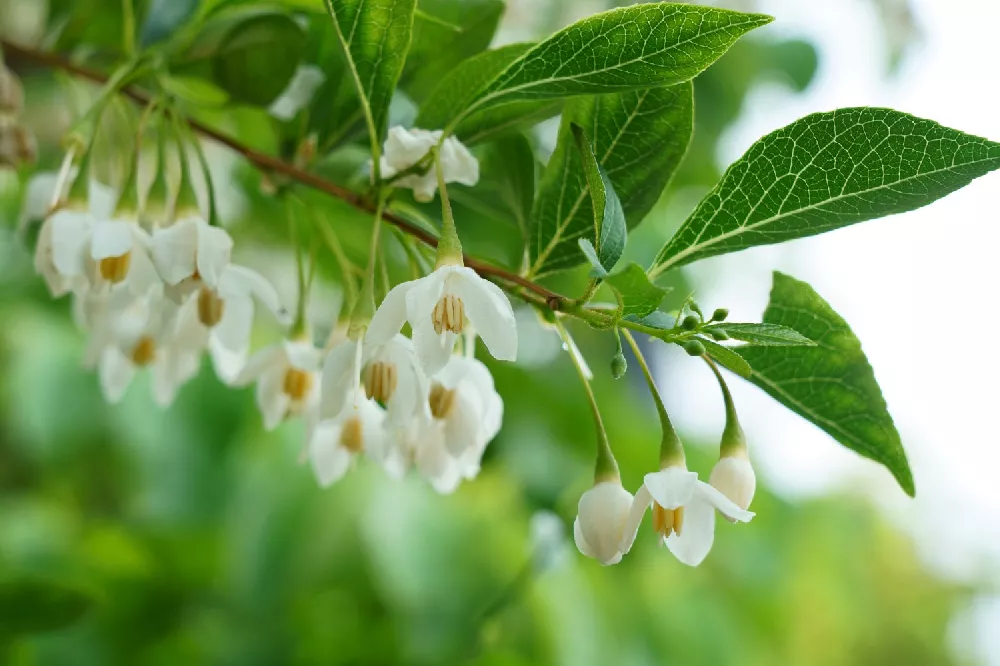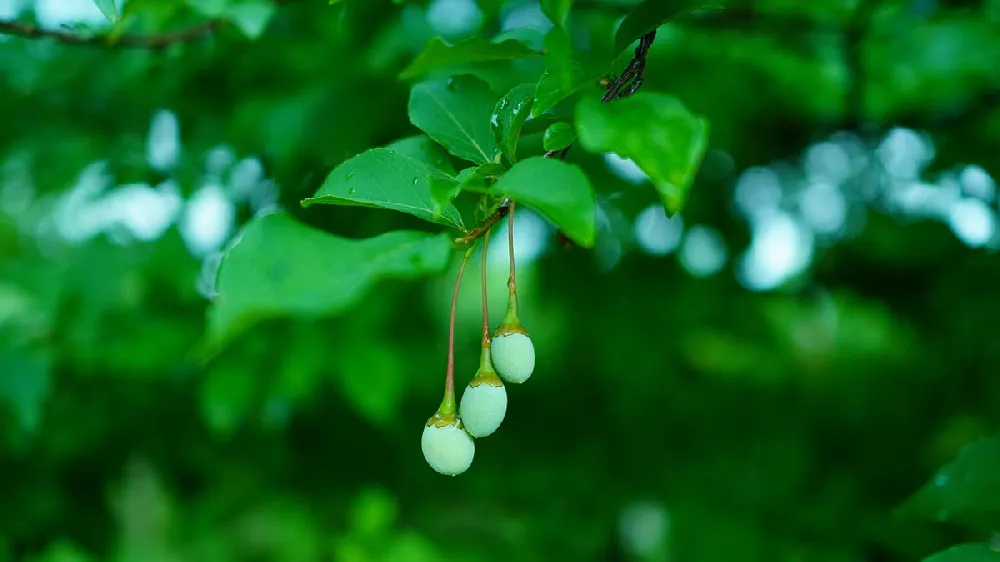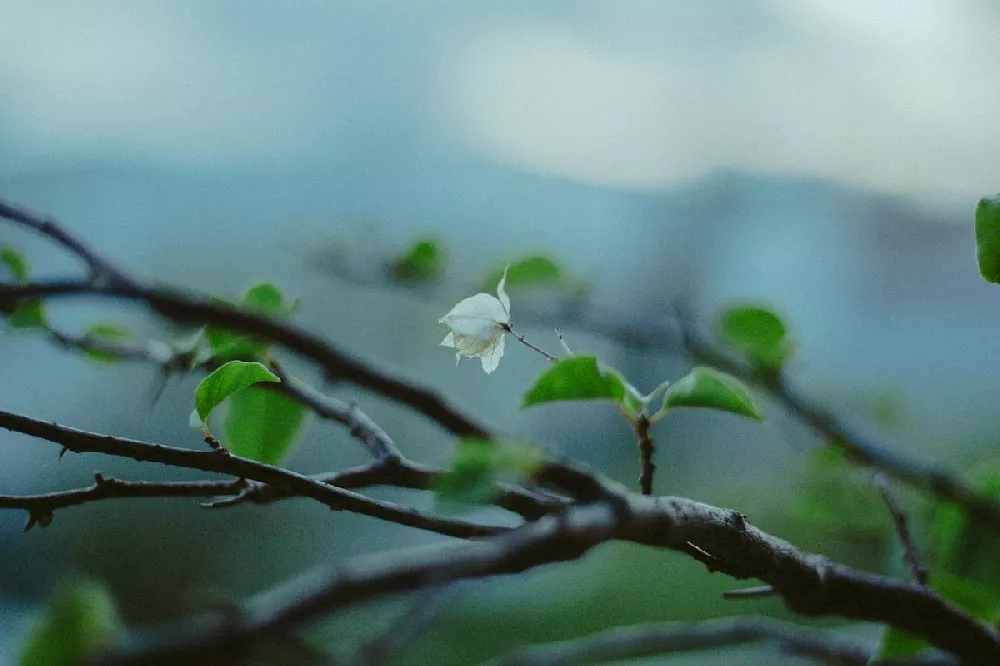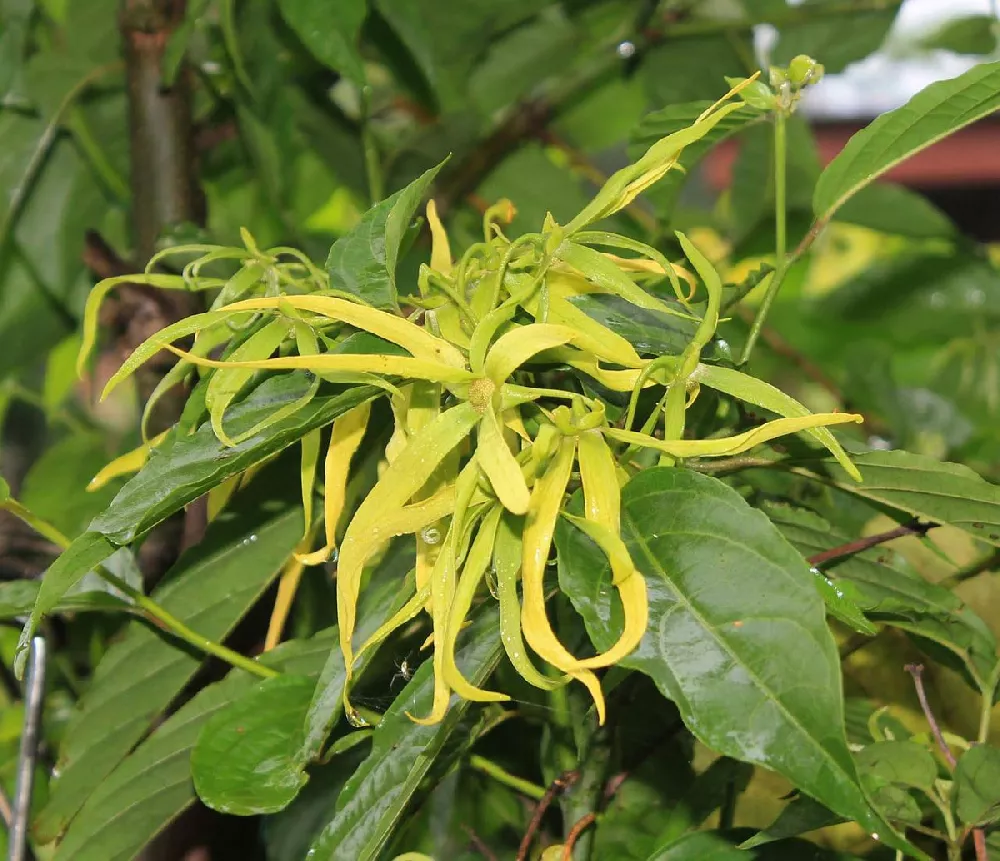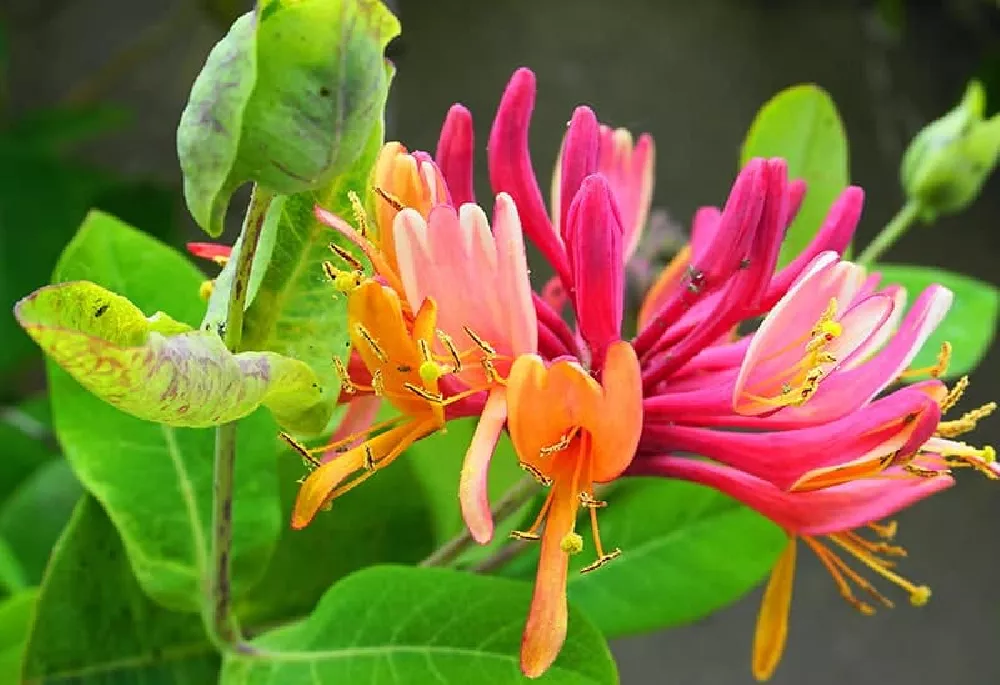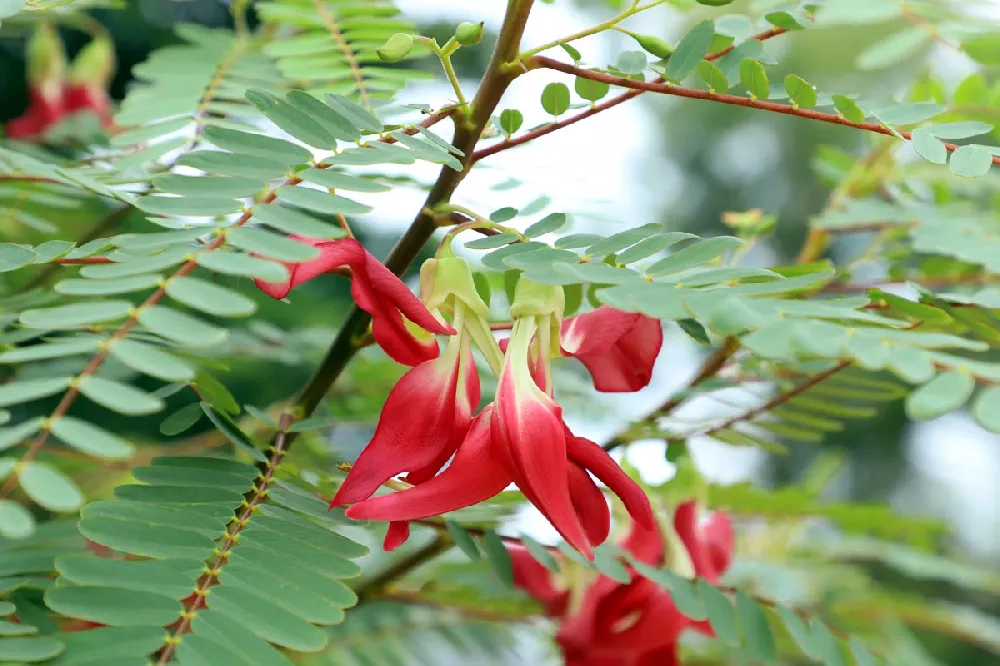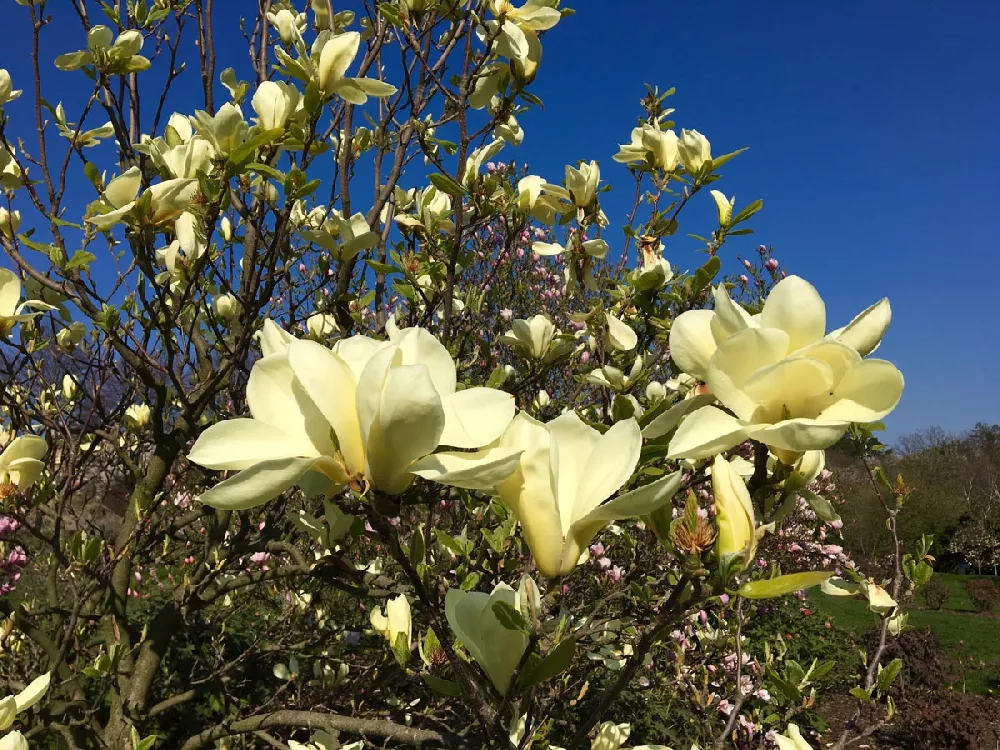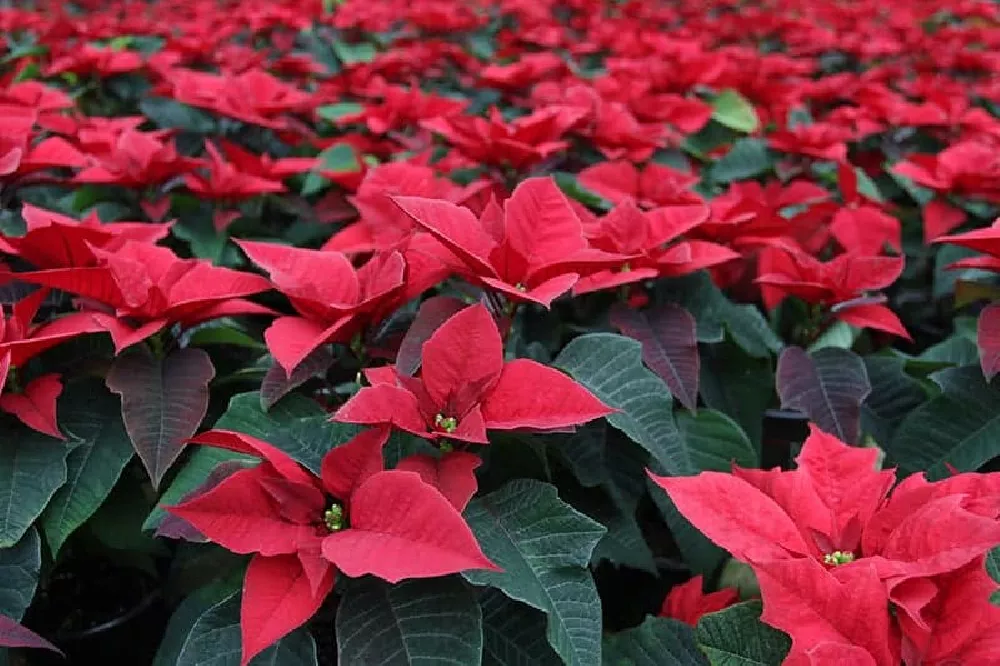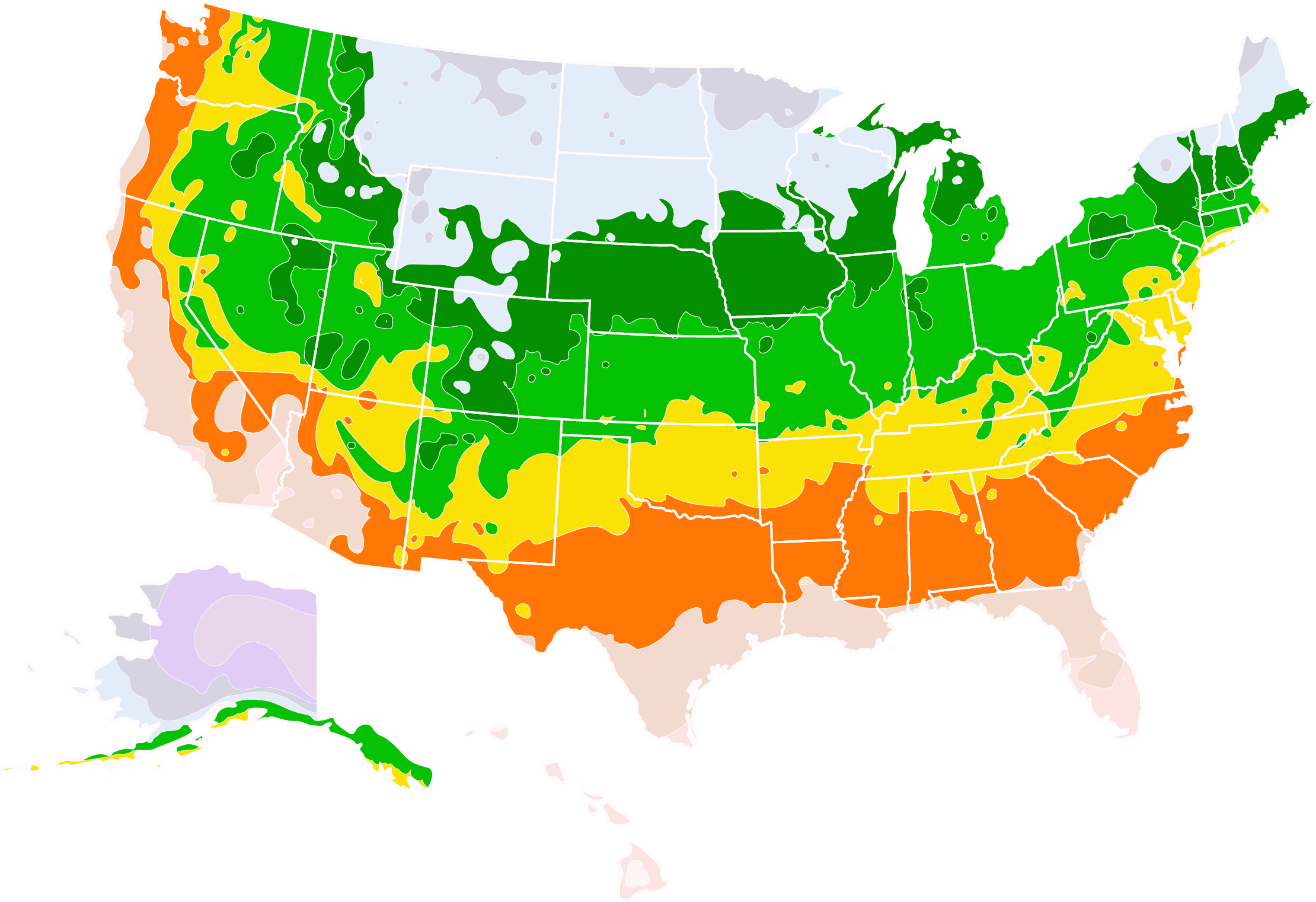Japanese Snowbell Tree for Sale - Buying & Growing Guide
Among mid-sized ornamental trees, the Japanese snowbell may be one of the most alluring options you can plant. This species, Styrax japonicus, blooms in late May with copious delicate flowers that hang like tiny bells from the branches. These flowers are not only stunning to look at but also give off an amazing fragrance. The bark of this tree can be eye-catching, too, as it includes a distinct texture that can reveal streaks of orange just below the outermost layer.
- Many bell-shaped, white flowers dangle from the branches in late spring.
- Flowers give off lovely fragrances and attract many pollinator species.
- Bark includes interesting textures and can have subtle orange markings.
Enter your zip code to find nearby stores that may carry this plant.
Plant Care
Sunlight

The Japanese snowbell tree can grow in either full sunlight or in partial shade settings.
Watering
Water your Japanese snowbell tree regularly when young to maintain consistent soil moisture. Reduce watering frequency once the tree becomes mature.
Fertilizing

Fertilize once per year with a mix that has equal amounts of nitrogen, phosphorus, and potassium.
Planting and Care
Planting instructions
When planting a Japanese snowbell tree, you should remember that this species can measure more than 20 feet in both its height and spread. Accordingly, plant this tree where it will have plenty of room to expand without competing with other nearby trees and shrubs for nutrients and light.
Partial shade is ideal for a Japanese snowbell tree. However, in the colder parts of this plant’s range, it is likely to be more tolerant of full sun exposure. Since this plant can also be susceptible to frosts, it’s most sensible to plant it where it can receive some wind protection.
Watering and nutrients
Japanese snowbell trees prefer to grow in consistently moist soils, especially during their younger years. Typically, you should supply water weekly while this plant is young. When this plant is older, it will be more tolerant of dry conditions, requiring regular water, mostly during the summer or other hot spells. Japanese snowbell trees also have comparatively low fertilization needs. A single application of a well-balanced fertilizer in the late winter or early spring should be enough to keep this plant healthy.
Pollination
One of the most noteworthy aspects of the Japanese snowbell tree is its incredible ability to attract pollinators. In the spring, usually between May and June, this tree blooms with numerous white flowers that contain plenty of nectar for pollinator species to feed on. Bees, hummingbirds, and others are all likely to pay the Japanese snowbell tree a visit and spread its pollen from flower to flower. Once pollination occurs, the Japanese snowbell tree will produce a small oval-shaped fruit that can persist well into the fall.
Pruning
The best time to prune a Japanese snowbell tree is in the late winter or the early spring when the tree is finishing its dormancy period. During this season, you should remove branches that show damage and disease. You can also prune this tree to improve its form and growth habit.
Often gardeners choose to remove the lower limbs of a Japanese snowbell tree during pruning. The goal of this effort is to encourage the plant to take a more tree-like form rather than appearing as a large rounded shrub.
Pest, diseases, and animals
Pests and diseases are of minimal concern when you plant a Japanese snowbell tree. These trees rarely have any issues with infestations or bacterial and fungal infections. However, there remains a small chance that your tree could run into some complications. Occasionally, the ambrosia beetle can bother this plant, as can aphids. These insects tend to bore through this tree’s wood or attack its newer growth. However, pest problems are not all that likely to arise if your Japanese snowbell gets the right treatment and conditions.
Achieving maximum results
One of the best ways to experience a Japanese snowbell tree is to stand beneath its branches while it is in bloom. The downward hanging flowers make an astounding visual statement when you view them from below.
The best way to achieve this effect is to prune your Japanese snowbell to promote outward growth. With the right pruning cuts, your tree can develop a spreading canopy that will be the perfect backdrop for the flowers while providing shade in the hotter months.
FAQs
How fast does a Japanese snowbell tree grow?
When a Japanese snowbell tree grows in the right conditions and gets the correct care, it can have an impressively fast growth rate. In one season, this plant can add around 12 inches or more to its size. In some cases, the new yearly growth may surpass 24 inches. This rapid growth rate makes it easy for the Japanese snowbell tree to reach its mature size in seemingly no time at all.
Does the Japanese snowbell tree have edible fruits?
Gardeners rarely grow the Japanese snowbell tree for its fruits. Instead, the use of this plant in the landscape is strictly ornamental in most scenarios. However, it appears that the fruits of this tree, which are small, oval-shaped drupes, are edible to humans. At the very least, there are no existing reports that this plant has any harmful toxic effects. Still, producing fruit is not a common goal whengrowing a Japanese snowbell tree.
Where do Japanese snowbell trees grow naturally?
The Japanese snowbell tree grows naturally in East Asia, throughout countries including China, Japan, and Korea. The well-known ornamental qualities of this plant have since caused it to grow throughout the world as a popular garden variety. Regarding hardiness, the Japanese snowbell tree can grow in just about any climate that belongs to hardiness zones 5 through 8.
Compare Similar Products
Customer Reviews
 All good!
All good!I did receive my snowbell tree. It was undamaged upon receipt. Was suppose to be 4 - 5 ft....on the shorter end of 4. Planted, being watered, sunshine...hoping it will bloom a bit next Spring, 2021!! Many thanks!
You can't add more Product Name - Product size to the cart.
OK